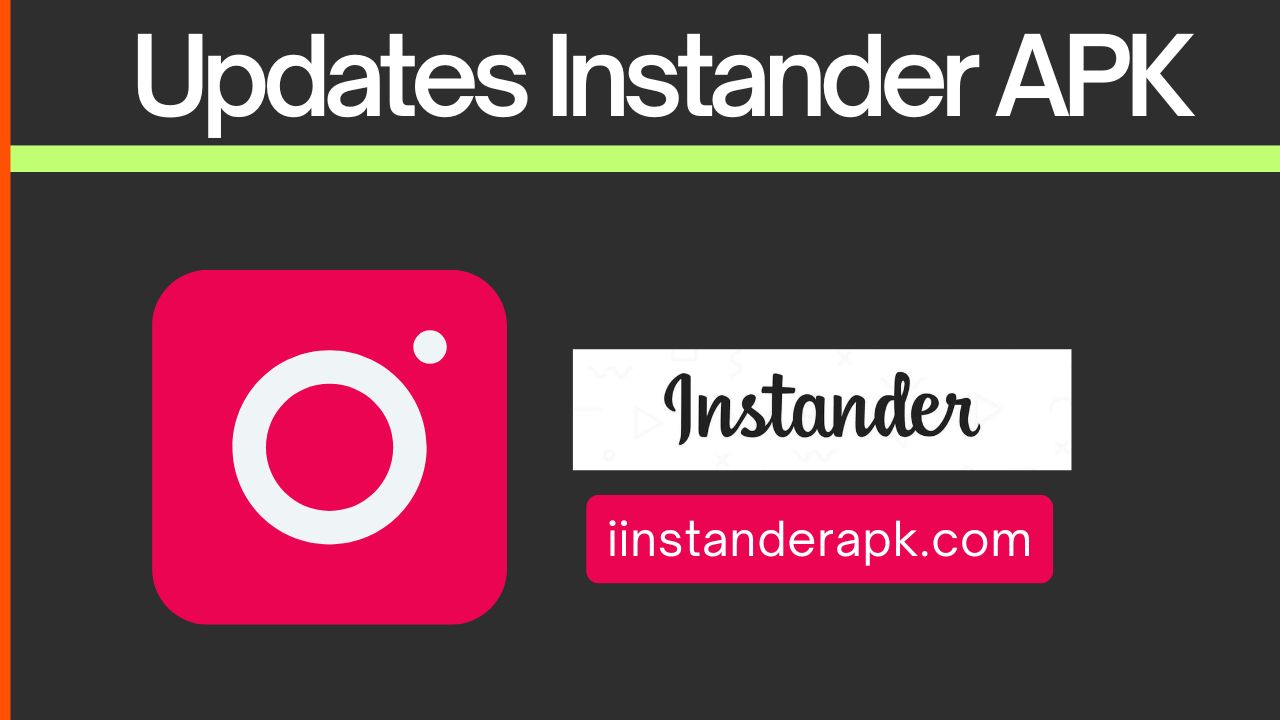How to Develop a Tutor App: A Step-by-Step Guide

Strong 8k brings an ultra-HD IPTV experience to your living room and your pocket.
In today’s digital age, education has rapidly transformed from classroom-based learning to on-demand, personalized, and mobile-first experiences. With the rise of eLearning and virtual classrooms, tutor app development has become one of the most lucrative and impactful ventures for educational institutions, edtech startups, and entrepreneurs alike.
Whether you're an education service provider or an app enthusiast planning to tap into the e-learning industry, this comprehensive guide on how to develop a tutor app will walk you through every important step, technology choice, feature, and cost estimation.
Why Build a Tutor App?
Before diving into the steps of tutor mobile app development, let’s understand why building a tutor app is a smart move:
- Growing Demand: Online tutoring is expected to reach $19 billion globally by 2027.
- Flexibility for Students & Tutors: Anytime, anywhere learning and teaching.
- Scalable Business Model: A well-structured tutor finder app development can generate revenue via subscriptions, ads, commissions, and more.
- Custom Learning Paths: AI-powered tutoring apps deliver personalized experiences.
Types of Tutor Apps You Can Develop
Choosing the right type of tutor app is crucial for success. Popular models include:
- One-on-One Tutoring Apps: Apps like Wyzant or Preply, where students hire tutors for individual sessions.
- Group Tutoring Apps: Live virtual classroom-based learning (like Vedantu).
- Marketplace Platforms: Aggregators that connect tutors and students (like Tutor.com).
- Institution-Based Apps: Custom apps for educational institutes offering internal tutor services.
- On-Demand Tutor Finder Apps: Quick tutor booking like Uber for tutoring.
How to Develop a Tutor App: Step-by-Step
Let’s break down the process of tutor app development into strategic steps:
Step 1: Market Research & Ideation
The first step is extensive research to define the niche and functionality of your tutor app.
- Identify Target Users: School students, college students, professionals, or niche learners?
- Research Competitors: Analyze apps like Chegg Tutors, BYJU’S, or Varsity Tutors.
- Unique Value Proposition: What makes your app better or different?
- Business Model: Decide how you’ll earn—subscription, freemium, ads, commission.
Step 2: Define Core Features
Your tutor app development solution should be feature-rich yet user-friendly. Here are key features to include:
For Students:
- Sign-up/Login (Email, Phone, Google)
- Tutor Search & Filter (subject, rating, price)
- View Tutor Profiles
- Booking System
- In-App Chat
- Video Calling Integration
- Reviews & Ratings
- Payment Gateway Integration
- Learning Dashboard
- Session Reminders
For Tutors:
- Tutor Registration & KYC
- Manage Availability
- Session Requests
- Live Class Tools (whiteboard, screen sharing)
- Earnings & Payout Dashboard
- Notifications
Admin Panel:
- User Management
- Tutor Verification
- Class Monitoring
- Payment & Commission Management
- Analytics & Reports
Step 3: Choose the Right Tech Stack
Your app's performance and scalability depend on the right tech stack.
Front-End:
- React Native or Flutter for cross-platform apps
- Swift (iOS) and Kotlin (Android) for native
Back-End:
- Node.js, Laravel, or Django
- MongoDB or MySQL for databases
- AWS or Firebase for cloud hosting
- WebRTC or Zoom SDK for video calling
APIs and Tools:
- Stripe/PayPal/Razorpay for payments
- Twilio for chat and notifications
- Agora for real-time engagement
Partnering with a professional tutor app development company can help you make the right tech choices and integrations based on your goals.
Step 4: UI/UX Design
The interface should be minimal, easy to navigate, and student-friendly. Focus on:
- Personalized dashboards
- Seamless navigation between features
- Real-time interactions
- Mobile responsiveness
- Accessibility features
Advanced Features to Enhance Your Tutor App
Here are some features that can help your tutor finder app development stand out:
- AI-Based Tutor Matching
- Gamification and Badges
- Homework Help & Material Upload
- In-App Quizzes
- AR/VR for Immersive Learning
- Voice Assistant Integration
- Tutor Availability Map View
Monetization Models for Tutor App Development
Choose from multiple revenue options:
- Commission Model – Charge tutors a percentage per session.
- Subscription Plans – Offer monthly/yearly premium access.
- Freemium Model – Free access with premium features locked.
- Ad-Based Revenue – Show ads in the free version.
- Affiliate Courses – Partner with eLearning platforms.
How Much Does It Cost to Develop a Tutor App?
The cost of tutor mobile app development varies significantly based on several key factors such as features, complexity, platform choice, and the expertise of your development team. For a basic version of the app developed for a single platform (either Android or iOS), the estimated development cost typically ranges between $10,000 and $20,000. If you're aiming to reach a wider audience with a cross-platform application, the development cost may increase to around $25,000 to $35,000, depending on the scope and integrations involved.
For businesses planning a full-featured, scalable platform that includes advanced functionality like real-time video calls, scheduling systems, secure payment gateways, and interactive dashboards, the cost of tutor app development can climb to between $40,000 and $60,000. Additionally, if you wish to integrate cutting-edge technologies such as AI-driven tutor matching or AR-based learning features, you should budget an extra $10,000 to $15,000 for those enhancements.
Beyond the initial development, it’s important to consider ongoing expenses such as updates, server maintenance, bug fixes, and user support. Typically, tutor app development solutions require annual maintenance costs of around 15% to 20% of the original development cost. These post-launch services are crucial for keeping your app functional, secure, and competitive in the rapidly evolving education market.
Working with a professional and experienced tutor app development company not only helps in optimizing these costs but also ensures you receive a high-performance, user-friendly product tailored to your business goals.
Final Words
Developing a tutor app is a smart move in today’s eLearning-driven world. With the right features, user experience, and technology, you can build a platform that connects students with the best tutors—anytime, anywhere.
From market research to post-launch support, this guide on how to develop a tutor app has covered everything you need to build a successful platform. With rising demand and evolving education models, now is the perfect time to invest in tutor app development.
Note: IndiBlogHub features both user-submitted and editorial content. We do not verify third-party contributions. Read our Disclaimer and Privacy Policyfor details.







